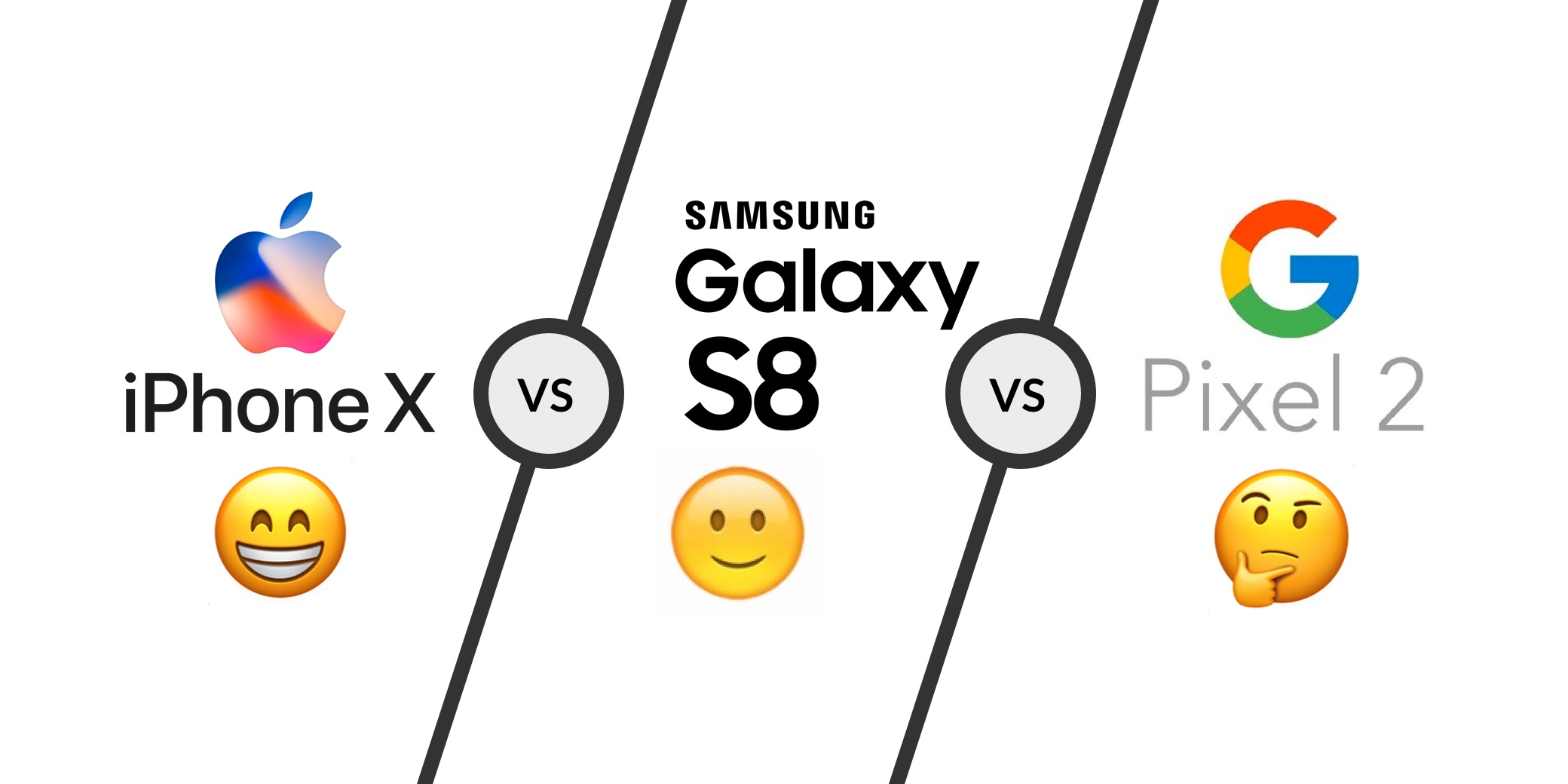
At this point, we’ve been fully saturated with content about the latest batch of phones. We’ve seen the presentations, read the articles, watched the videos, and listened to the podcasts. The product features have been dissected and folks are working hard to exploit all of their flaws.
With all of that information in mind, how would you sum up everything you feel about these different devices into one simple message?
What’s the most important need that they hit on? What does getting one of these devices actually satisfy for you? Can these companies tap into that desire effectively enough to get you to drop a thousand bucks (or more likely $30–40/month) on one?
Those are the kinds of questions that go into these brand’s marketing messages. And the hurdles for them aren’t different than for any company. When you have someone’s attention for just a couple seconds how do you best convey the problem you’re solving for them?
The following is a marketing teardown of the good and bad on how these companies are attempting to pitch you on their latest and greatest products.
The Grades

The primary meter we focus on goes from a low-end of speaking to “Function & Features” to the high-end of speaking to “Emotion & Benefits”.
Despite our love of dissecting features, our emotions are what really drive our decision making. A great marketing message doesn’t rely on the customer to translate how a particular product or feature might solve a problem for them. Instead, the message cuts straight to the point and talks about benefits.
That’s how we’ll grade each of the messages of these companies.
Note, this isn’t meant to compare the actual quality of features or differences of the devices themselves. This is strictly taking the marketing messages at face value. And it’s obviously not a scientific analysis just some subjective, personal judgements.
The screenshots we analyzed are what was live on each company’s website as of the writing of this article.
Apple: iPhone X

Say what you will about Apple lagging behind in terms of technology, but they’re still king when it comes to tapping into people’s emotions.
Their message is simple, vague, and all about your feelings. It’s not asking the customer to think about facts, it just wants you to feel good…which is something people typically like to do.
Final Messaging Grade:

Samsung: Galaxy S8

The Galaxy isn’t part of the most recent batch of releases, but as one of the biggest players in the space it’s worth discussing their approach.
Their message walks a careful balance between emotion and function. Unfortunately, anchoring everything to the phone’s display distracts from the overall emotional benefits and puts focus on one specific feature. The image provides a nice emotional boost as it makes a strong connection between the device and actual human experiences.
Final Messaging Grade:

Google: Pixel 2

Google’s vibe has never been flashy. When it comes to their core business of search, it’s been a strength for them to keep the product out of the way and focus strictly on the information they provide.
When it comes to selling a phone however, that no-nonsense approach ends up feeling a bit too practical and doesn’t generate much excitement.
Final Messaging Grade:

Microsoft

Microsoft isn’t making their own phones these days, but they’re such a huge force in tech we had to include them. We’ll instead evaluate the product in the top slot of their home page, the Surface Book 2.
Ooph.
This might be one of the least enticing product pitches of all time. The Surface Book is actually a pretty cool product, but this does a horrific job of making it seem appealing. Everything from the message, to the product image, to the dull gray gift icon wallpaper screams old and boring. There’s no good sense of how this product will make my life better just in time for the holidays.
Final Messaging Grade:

Teardown Summary
It goes without saying that these behemoths have more customer data in their little fingers than most companies can collect in a lifetime. So, it’s very possible that any “flaws” pointed out here may actually work for their specific audience.
The point is less about proving definitively how effective they are and more about showing the lessons we can learn from their approach.
There are a lot of factors to consider when writing your own messaging, but it’s always good to keep in mind that:
- Customers make decisions based on their emotions.
- It’s your job to translate the features of your offerings into actual benefits for your customers. Don’t make them figure it out on their own.


